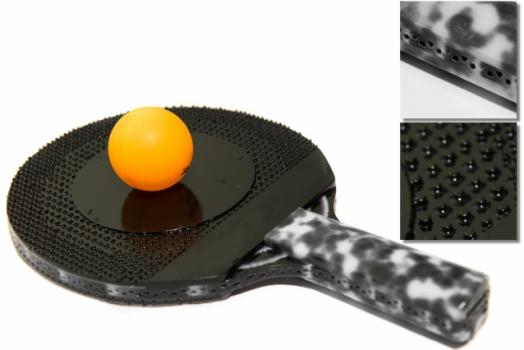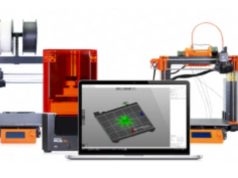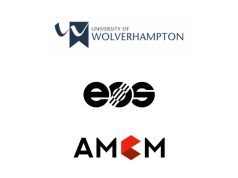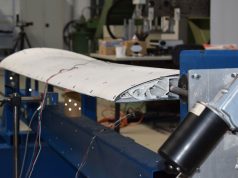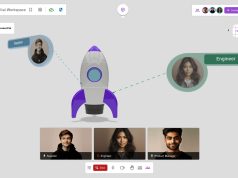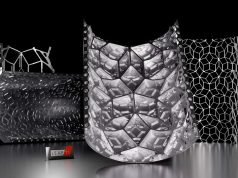MIT’s Computer Science and Artificial Intelligence Laboratory (CSAIL) has developed a 3D modelling system for designing 3D printed objects with multiple materials.
Called Photoshop for 3D materials, Foundry allows users to vary material properties at a very fine resolution, unlike processes used up to date, as PhD student Kiril Vidimče, first author on the paper, explains: “In traditional manufacturing, objects made of different materials are manufactured via separate processes and then assembled with an adhesive or another binding process. Even existing multi-material 3-D printers have a similar workflow: parts are designed in traditional CAD [computer-aided-design] systems one at a time and then the print software allows the user to assign a single material to each part.”
Using MIT’s new tool, objects can be designed that are made of composite materials with optimal mechanical, thermal and conductive properties needed for certain tasks. In order to demonstrate Foundry’s capabilities the research team designed and printed a ping-pong paddle, skis with retro-reflective surfaces, a tricycle wheel, a helmet and a bone that might one day be used for surgical planning.
Objects that would take experienced engineers many days to design or that are simply not possible can be created within minutes in the user-friendly interface. First, the object can be designed in a traditional CAD software such as SolidWorks and is then imported into Foundry. There users can determine the object’s composition by creating a so called “operator graph” that can include any of approx. 100 fine-tuned actions (operators). Using these operators you can subdivide, remap or assign materials. While some operators cleanly divide the object into two or more different materials, others enable a more gradual shift from one material to the other. Additionally, materials can be mixed and matched to obtain specific properties. The preview of the design is available in real-time.
Foundry was also tested with non-designers, who were able to create requested designs within under an hour, following just an hour of explanation.
“A new level of complexity and realism will be possible, for example in bio-inspired devices. Imagine a robotic arm 3D printed with synthetic muscle tissue, tendons and bone mass,” said Emily Whiting, assistant professor of computer science at Dartmouth College, who was not involved in the project. “In the future Foundry could enable such complex material definitions. Moreover, multi-material printing could assemble the connections and articulations as if grown organically.”
Subscribe to our Newsletter
3DPResso is a weekly newsletter that links to the most exciting global stories from the 3D printing and additive manufacturing industry.



